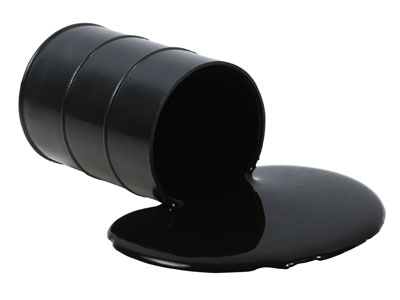What is the best way to clean up an oil spill?
How does this align with my curriculum?
BC
12
Anatomy & Physiology 12 (June 2018)
Big Idea: Homeostasis is maintained through physiological processes.
YT
12
Anatomy & Physiology 12 (British Columbia, June 2018)
Big Idea: Homeostasis is maintained through physiological processes.
NU
2
K-6 Science and Technology Curriculum (NWT, 2004)
Matter and Materials: Properties of Liquids and Solids
ON
2
Science and Technology, Grades 2 (2022)
Strand C. Matter and Energy; Properties of Liquids and Solids
NT
2
K-6 Science and Technology Curriculum (NWT, 2004)
Matter and Materials: Properties of Liquids and Solids
BC
2
Science Grade 2 (June 2016)
Big Idea: Materials can be changed through physical and chemical processes.
BC
K
Science K (June 2016)
Big Idea: Humans interact with matter every day through familiar materials.
NU
1
K-6 Science and Technology Curriculum (NWT, 2004)
Matter and Materials: Characteristics of Objects and Properties of Materials
NU
5
K-6 Science and Technology Curriculum (NWT, 2004)
Matter and Materials: Properties of and Changes in Matter
ON
K
The Kindergarten Program (2016)
13. use the processes and skills of an inquiry stance (i.e., questioning, planning, predicting, observing, and communicating)
PE
K
Science K (June 2016)
Big Idea: Humans interact with matter every day through familiar materials.
YT
2
Science Grade 2 (British Columbia, June 2016)
Big Idea: Materials can be changed through physical and chemical processes.
NT
1
K-6 Science and Technology Curriculum (NWT, 2004)
Matter and Materials: Characteristics of Objects and Properties of Materials
